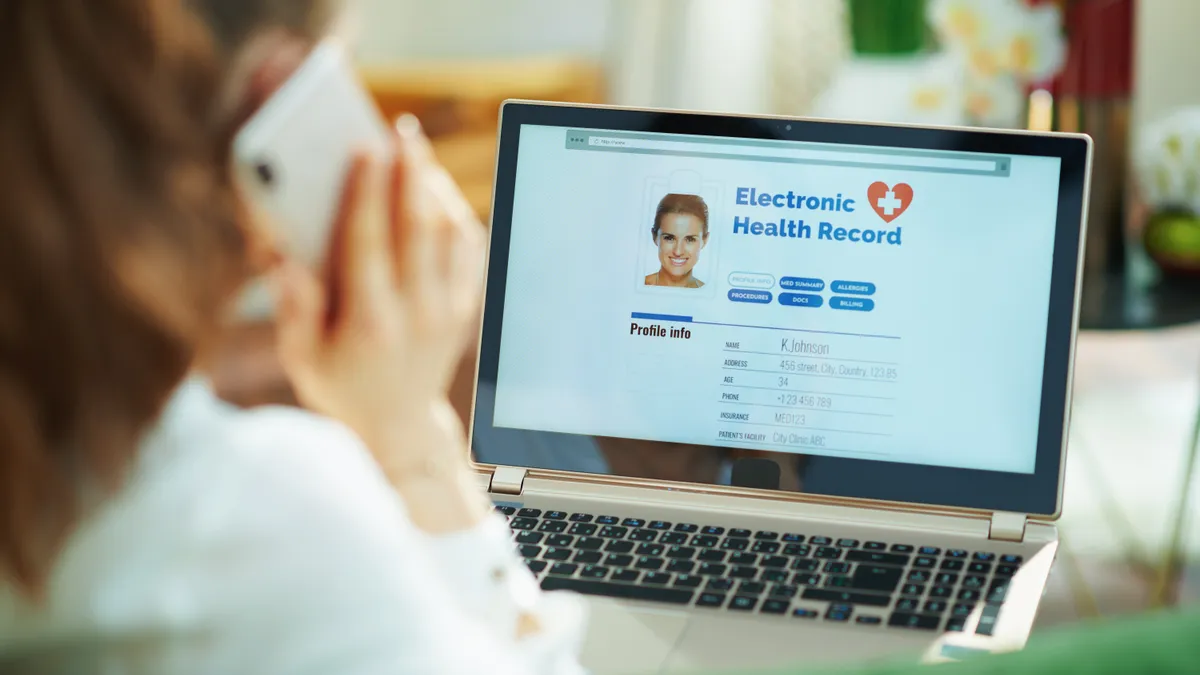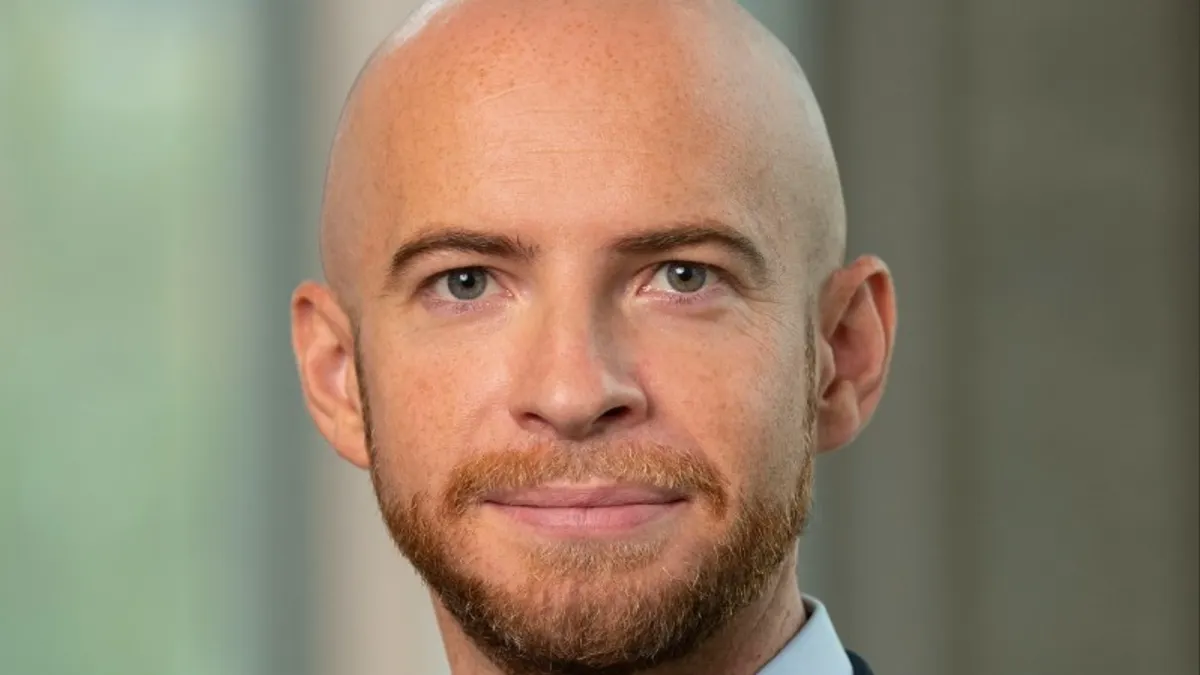Clinical trials are changing, particularly in the area of rare diseases.
Traditionally, clinical trials include randomization, meaning patients are assigned to either a treatment or control arm. But the gold standard approach is often not practical in rare diseases for several reasons. First, there aren’t as many patients. Second, with such high stakes for each patient, they want to receive a treatment that might work. And third, many rare diseases are pediatric in nature, raising even more ethical questions about randomizing participants in the trial.

“In order to balance all those competing desires between measuring effectiveness in an objective way and making sure that we're patient focused, we have to figure out alternative strategies to randomization, and one of those is to use historical controls,” says Will Maier, vice president of rare diseases at ICON, a global clinical research organization. “That’s where real world evidence comes in.”
In the context of patient care, RWE is a collection of information about how patients are doing in clinical practice, both before and after diagnosis.
“When we're building a historical control, we're trying to build information out of medical records that reflect the type of information that we're going to be collecting in the trial,” Maier says.
Here, Maier talks about how RWE factors into external controls in drug development, at what points in a clinical trial RWE can be leveraged and projected future use of external control groups in rare disease.
This interview has been edited for length and clarity.
PharmaVoice: How does real world evidence factor into external controls in drug development?
Will Maier: There are a variety of different sources of RWE we can use. It might be from historical medical records that are in paper form or in electronic medical record form or other types of healthcare databases. We might consider the use of information derived from professional opinion, where physicians share what they think the expected treatment benefit should be. We use information from previous trials, medical records or physician opinion as a threshold and then we look to see if our trial does better than that. We may also get information directly from medical records on individual patients and compare them directly to the information from our trials.
In what context is real world evidence now used in clinical trials for rare diseases?
Early on, when we’re developing a drug, we are trying to figure out who the patients are and what they look like. In rare disease, where you might not have much in the way of patient numbers or where diagnosis might be quite difficult, we often will just look at medical records to figure out who the patients are. That’s our first assessment as to the burden of the illness. How is the disease recognized? How do you characterize it? And when you put it all together in a patient collection, what does it look like? That gets used to make decisions about the disease you'll be investigating, and maybe some of the outcomes that you'll investigate. Then, many drug companies will do a registry to follow people over time to see how the disease changes. Sometimes those registries evolve into a post-approval safety study that is used as part of the condition of approval. RWE is quite well-established in rare disease drug development, because of the fact that we only have a certain number of patients that we can use in clinical development.
How open are regulatory agencies to the use of RWE in rare disease clinical trials?
Regulatory agencies rely on information from RWE studies as well to make assessments as to the relative value of investigating different diseases. They look at information from patient registries to understand how the disease changes over time, and what the appropriate outcomes might be. And they also critique the information that is provided by drug companies in relation to those effects.
There’s a recent guidance document from the FDA that goes into the use of natural history studies in rare disease. While regulatory agencies tend to be conservative in their assessment, in rare diseases, especially in situations where there are really no other alternative therapies, they've tended to be more pragmatic. There are several examples where a company has submitted historical controls, and regulators have accepted that, but requested more information about what the products are doing post approval.
What methods are being used to collect and analyze RWE for clinical studies?
Collecting data can be a big challenge, and there are different approaches used. One is to collect information directly from doctors and put it into an electronic data capture system. The use of electronic medical records is becoming more prevalent. Sometimes they have the information we need and sometimes they don't — and sometimes we have a hybrid approach where we look at the EMR and get the doctor to ask some more questions of patients. We also use data collection platforms for contacting patients. We tend to use standard statistical techniques to analyze the data, but if we are doing non-randomized studies, we have to figure out how to match the patients together to remove some of the differences between the patient populations. We can use simple matching procedures, or oftentimes we calculate a propensity score, which takes a series of characteristics of individuals within a population and derives a probability score of the likelihood of being prescribed a particular medication or being assigned to a particular group.
Wearables are also being used more often — for example in movement disorders, such as Duchenne muscular dystrophy, where they can make a big difference in terms of understanding a treatment effect. Electronic patient-reported outcomes and caregiver burden assessments are also being used more. The issue with wearables is they produce vast amounts of RWE so rather than using standard statistical techniques that focus on a discrete outcome measured at a specific point in time, you need to consider pattern recognition methodologies to assess changes against an expected baseline or summary of trends over time.
What role do you believe RWE from external control groups will play in the future with rare disease studies?
External control groups are used in different ways in clinical studies. One is substituting randomized control groups for phase 3 studies with historical controls. Another application is when you run a clinical trial and you want to have an external control anyway. That might be because the trial is being run in a certain set of countries and you want to see what the comparator population might be in a country where you didn't run the trial. Those external controls are going to be used more and more because they're getting easier to do.
Another approach is using external controls earlier on in the drug development process. In rare disease, we often have an adaptive design with a phase 1 study of patients looking at pharmacokinetics and, based on that, we might go into phase 2, where we do some dose ranging. The FDA has published several examples of where this is useful in a pediatric setting because it allows you to decrease the size of the patient population that you put in your control arm. These are areas where use of RWE is gaining in popularity and will become more widespread.


















